Detour #205: Doing the Lambo Mambo in Emilia Romagna, Italy
Detour celebrates 60 years of Lamborghini in style with a 150-mile Italian road trip, in not one, but eight incredible cars.
On my childhood bedroom wall there still hangs a poster of a Lamborghini Countach. For the 40 years since it went up I have dreamed of driving this 1970s’ spaceship and today that dream is going to come true.
But that’s not all, for parked alongside the Countach, outside the museum, engines warmed and ready to go, are seven other Lamborghinis spanning six decades of amazing automobiles. In chronological order there’s a 1967 400GT, a 1973 Miura SV, the very last Countach from 1990, one of the final Diablos from 2001, a 2003 Gallardo, one of just 20 Murciélago Versace editions produced in 2008, a 2023 Huracán Technica and the final Aventador Ultimae.
There’s barely time to take it all in before I’m instructed to take my place behind the wheel of the Aventador for the first leg of a journey that will take in the most spectacular sights of the region. That begins with the Aventador itself, of course. It may be over a decade old, but it’s still one of the most outrageous looking cars ever made. Its aggressive array of air intakes would be intimidating enough if it wasn’t for the sheer size of the thing. I open the trademark scissor door and slide into the driver’s seat over the wide sill.
At 780 horsepower it is, by quite some margin, the most powerful car in the line-up and possibly the most powerful car I’ve ever driven, yet with the transmission in automatic for the first few miles the Aventador is actually quite docile. That means I can focus on threading it between the centre line and the verge – a distance which appears only just big enough. As our multi-million-pound convoy leaves Lamborghini’s hometown of Sant’Agata Bolognese, we head south towards Manzolino on a single-track road of which the Lambos consume every inch. Fortunately, there’s a lead car, a Urus SUV, clearing the path – or at least warning us of oncoming traffic over a walkie-talkie.
As we hit the SP27 we gain a bit of road width once more and it’s the first opportunity for six V12s and two V10s to open up. I’m behind all the older V12s and, even leaving a large gap, every dab of the accelerator hurls me towards the back of the Murciélago ahead. This is a car capable of reaching 62 mph from rest in 2.8 seconds and 124 mph in 8.7 and on backroads like this it’s impossible to exploit its potential – and it’s somewhere between exciting and utterly terrifying having a go. I think that’s the point.
It's actually a relief to swap into something rather more manageable at a family-run petrol station outside Besagilera. The bright yellow Gallardo feels immediately better suited to these roads and, despite losing out by a couple of cylinders and almost 300 horses it’s definitely easier to keep up with the swift pace set by the Lamborghini staff at the front of the convoy. The Gallardo was heavily influenced by Audi which took over Lamborghini in 1998 and it shares a good deal with the R8. The net result is that it does feel a little ordinary inside compared to the other cars here, but get the V10 revving and you’ll forget about such trivial matters. The next 15 miles on the SP77 and SP4 towards Ponte Samone are dispatched rapidly, but within a comfort zone that allows me to begin to appreciate the views out to the distant hills.
After switching to the latest Huracán Technica the polar opposite is true. We take a little detour to the hilltop village of Samone and on the return trip I swap into the Huracán for an insane run through the series of switchbacks. What the Techinca loses to the Ultimae in outright power it gains in agility. Being smaller, lighter and with super-quick steering the 640-bhp Lambo is blisteringly fast, but it’s usable. The short straights between each tight turn are just a blur, and I am cackling demonically by the time I reach the bottom. What. A. Car.
Back in the convoy and we wiggle through to Lama Mocogno on the SS12. The conga-line of cars presses on but my brain has been rewired to Techinica speed so it’s easy to go with the flow. At the Lama Café we pause for pizza slices and caffeine. It’s a cool little coffee bar with a Ducati motorcycle and racing memorabilia on display, although there’s also a rather disconcerting picture of the world’s worst dictators on one wall. Best to move on.
For me that means taking the wheel of the oldest car here. The 400GT and the earlier 350GT were Lamborghini’s first road cars and, as the name suggests, they were Grand Tourers. It’s quite a culture shock settling in behind the huge wood-rimmed steering wheel and atop squishy lather seats. Compared to the somewhat shouty nature of the cars that followed it the 400GT is rather refined, its own four-litre V12 engine barely audible – or at least drowned out by the rest of the cacophonous convoy. The steering is heavy and slow, the brakes need a mighty hoof and the engine is surprisingly low-inertia for a GT, so requires plenty of revs. Nonetheless with some slightly sweaty-palmed effort I keep up with the Lambo line over a rather twisty route north on the SP23 to the wonderful Castello delle Carpinete.
Dating back to the 11th century this castle was owned by Countess Matilda of Canossa who famously allowed Pope Gregory VII to take refuge from King Henry IV. Today it’s a restaurant and B&B with stunning views across the Apenine hills and a welcome spot to cool down.
The next leg on the Via San Pietro is the one where this already sublime day becomes ridiculous. The gorgeous yellow Miura SV is worth well over £2 million, but the next 45 minutes are priceless, heading south again on glorious winding roads that cling to the hillside like tenacious tagliatelle before following the flow of the Fume Secchia on a section that sees the whole convoy pick up the pace significantly. All the while there’s the soundtrack of a four-litre V12 and the hypnotic click-clack of metal-on-metal that accompanies every gearshift. I have no idea how fast I’m going as the Miura’s speedometer isn’t working. A deliberate disconnection? Who knows, but it’s one less thing to worry about. It’s a truly wonderful thing to drive, delicate and responsive beyond what I could ever have imagined.
Getting in the Countach at Ponte Secchia it’s hard to believe these two cars came from the same minds. Where the Miura is easy to enter and get set behind the wheel, the Countach makes life hard from the outset. First, I have to negotiate the show-stopping door and tumble into the seat, then no amount of adjustment could possibly get anyone comfortable. The pedals are pushed towards the middle of the car by the huge front wheel arches and positioned so tightly together that several of my colleagues have to take their shoes off to drive. I can’t actually get the seat quite close enough so I slouch down in the seat and reduce my forward visibility even further. You can forget about what’s behind as well as there’s just the tiniest of letterboxes for a rear window.
Then the struggle really begins. This is the most physically demanding car I’ve ever driven. The fat front tyres require a massive effort to turn and have an incredibly strong self-centring action. The clutch is immensely heavy, the brakes respond only to a serious shove and the accelerator also requires determination. The open-gated gear shifter that was such a delight on the Miura needs forceful inputs and careful rev-matching for a smooth change. I feel like I’m in a wrestling match for the next half hour on the SP19 and SP64 up to the next changeover point. My dream car, it turns out, is actually a bit of a nightmare. It’s definitely got my heart racing, but I’m not sure I’d want to repeat the experience.
The next car I’m reasonably familiar with. When it was still available in showrooms I drove a Diablo at over 200mph at the Nardo test track and it really wasn’t that diifcult. Despite its appearance the Diablo is a doddle compared to a Countach. It has power steering, power brakes and much better visibility. In this, its final iteration, I believe it might just be the best driver’s car Lamborghini has ever made. On the way to the Castelvetro, despite having to negotiate traffic and roundabouts it’s an absolute joy.
By the time we’ve taken sufficient photos in the picturesque piazza next to one of the town’s six medieval towers the sun is setting and the final run back to the factory is in darkness. I’m in the Murciélago and, after the drama of the day, it’s a relief to let the car do a lot of the work. It’s no shrinking violet, but by now I’m used to the girth and driving with just two pedals allows the last few dark miles to pass in relative peace. Of course, like any raging bull, the Murciélago will charge ahead at a ridiculous rate, but it’s the other side of its personality that is appealing at the end of a long day.
It's been a rare privilege to see how Lamborghini has developed in 60 years, from its days of gentlemanly GTs through the brutality of the Countach to the cars of today that somehow manage to be a bit of both.
To do so at breakneck speed, while discovering fabulous Italian roads really is a young boy’s dream made real.
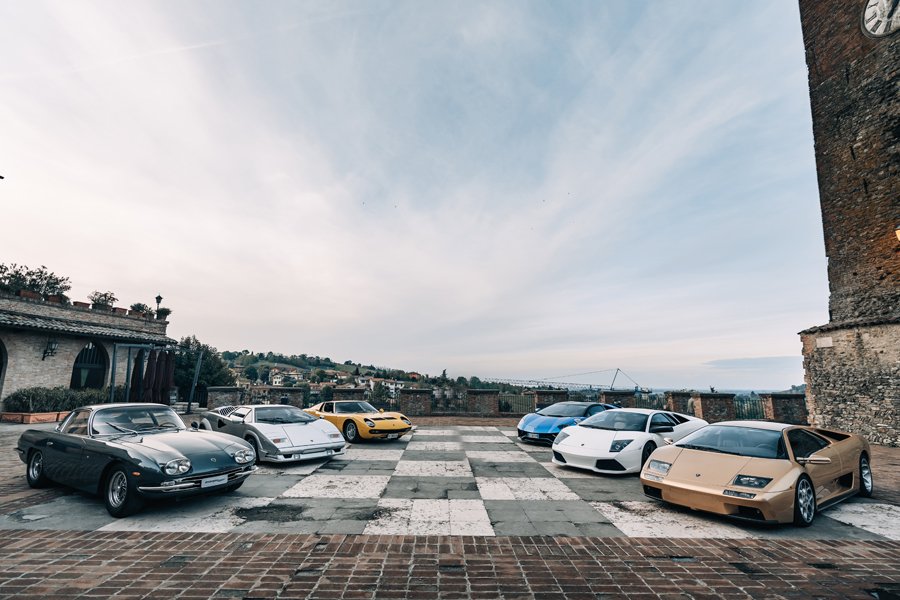
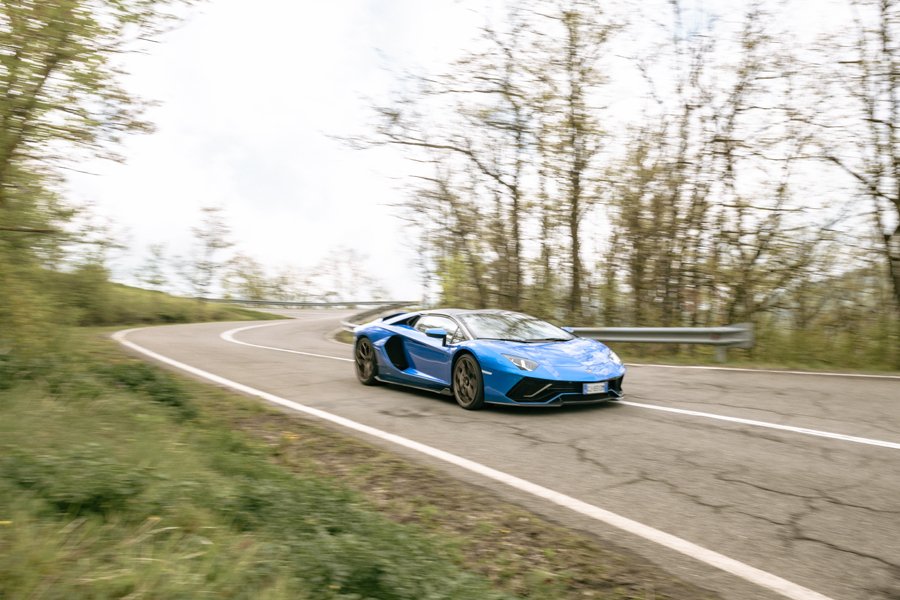
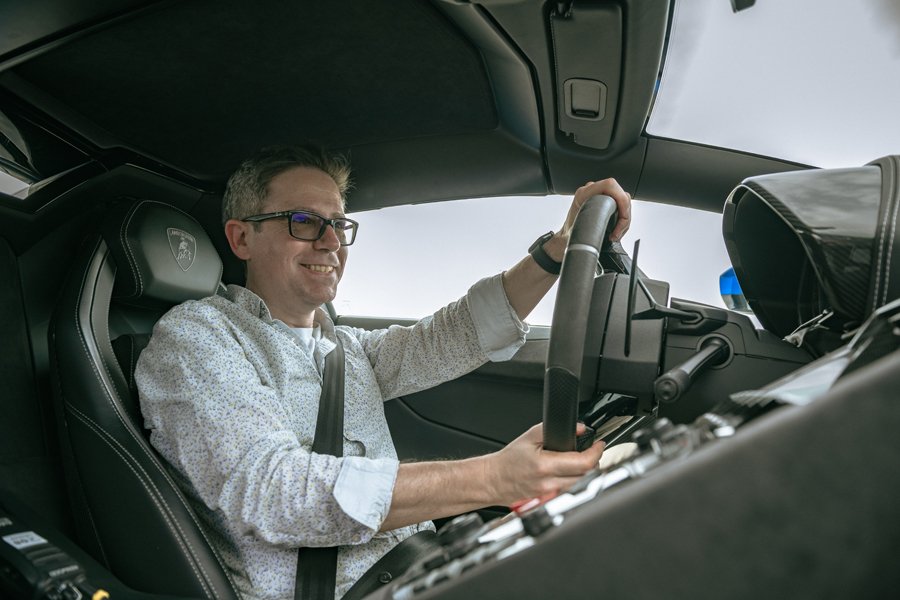
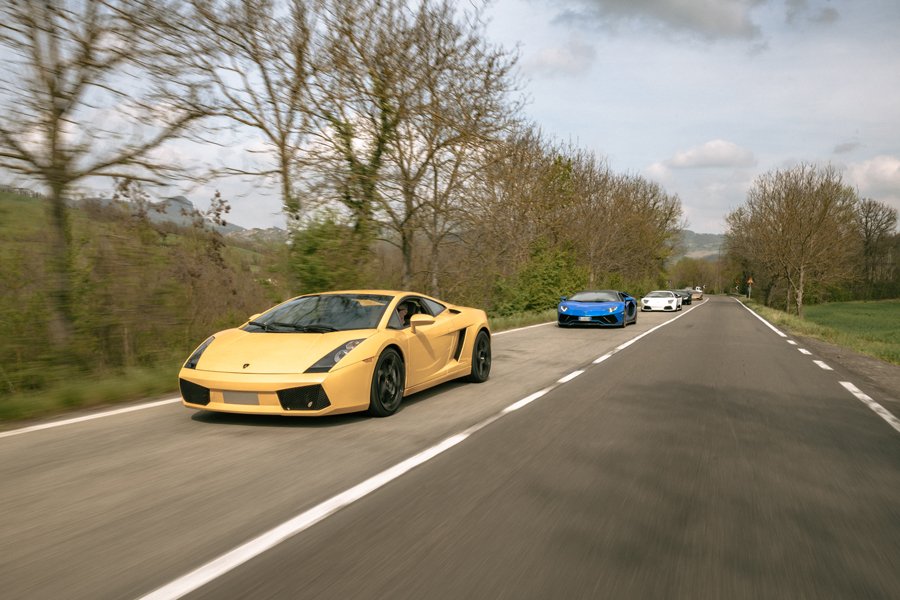
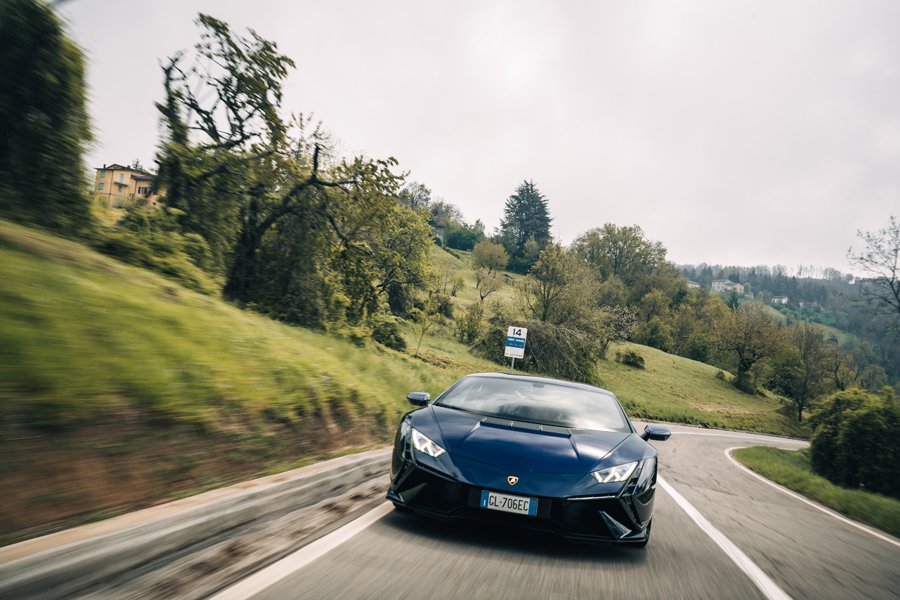
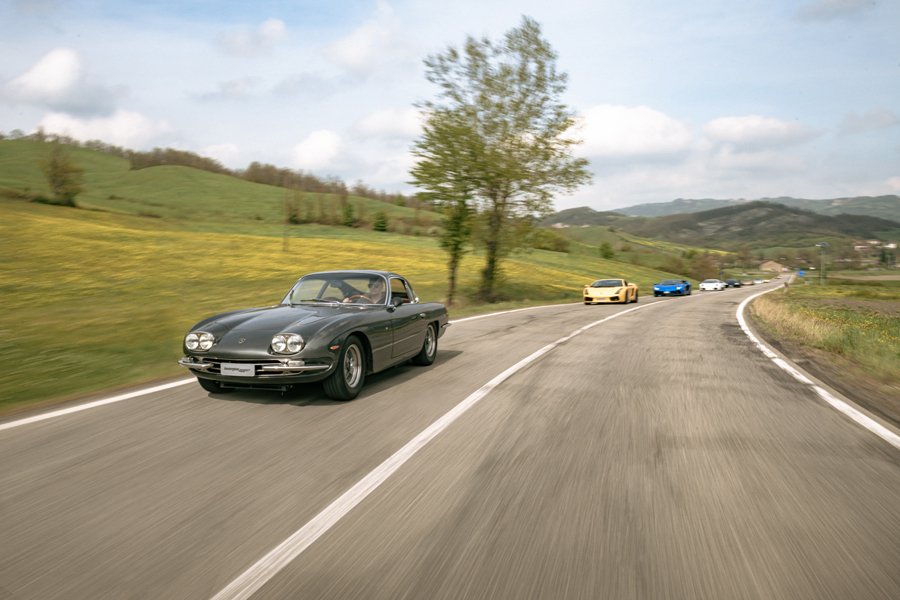
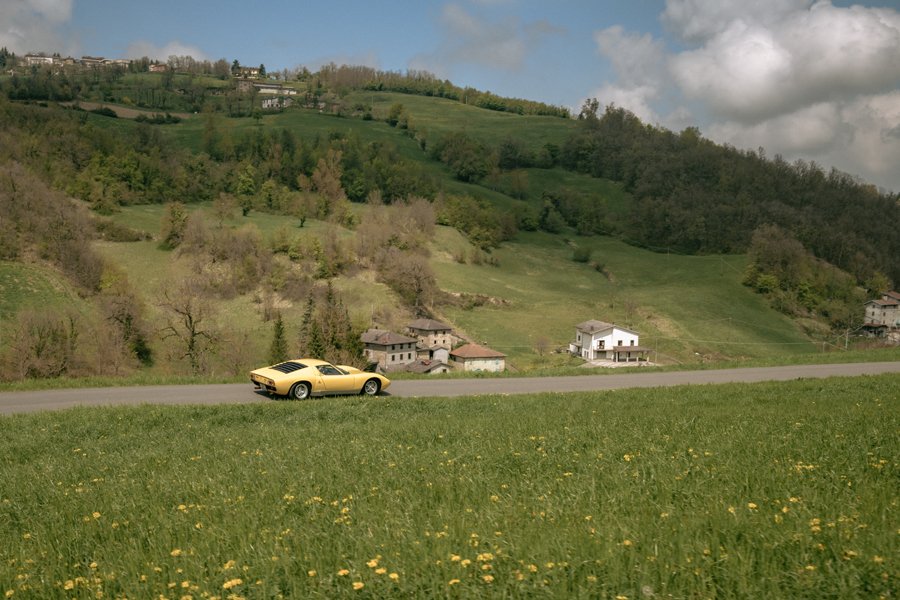

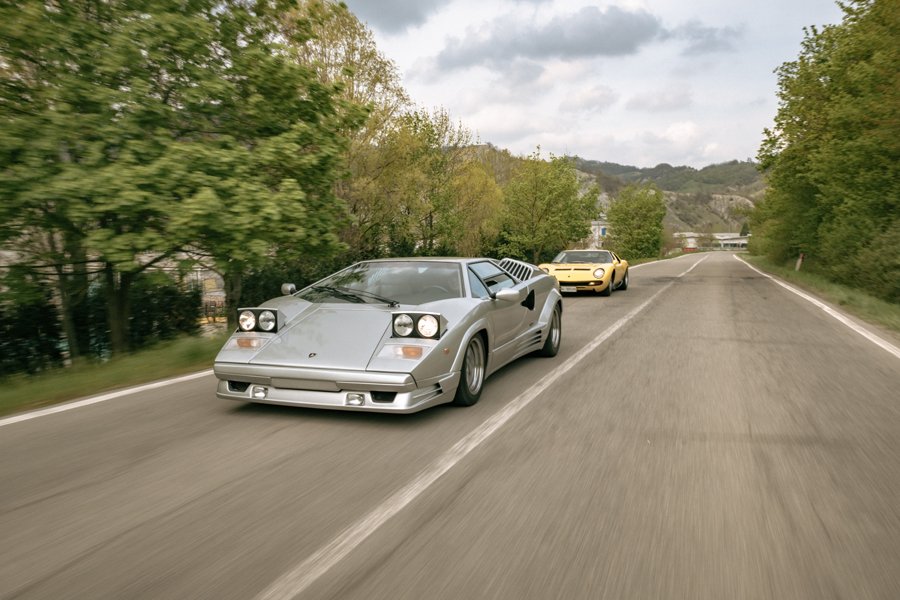
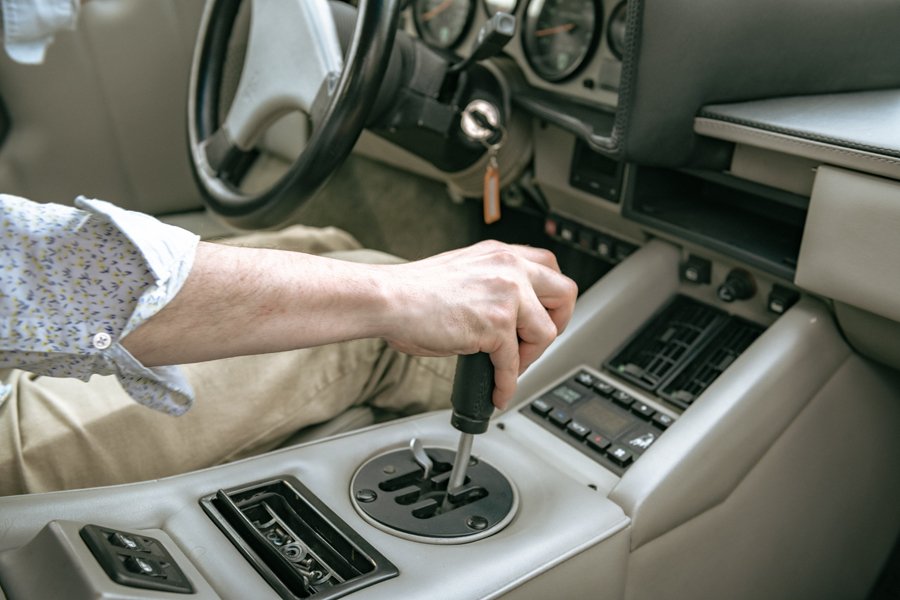
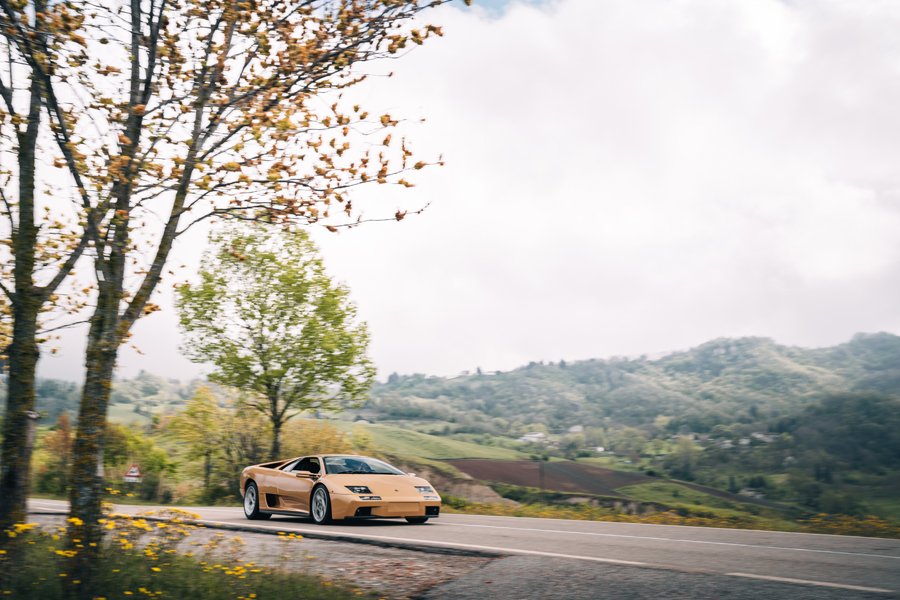
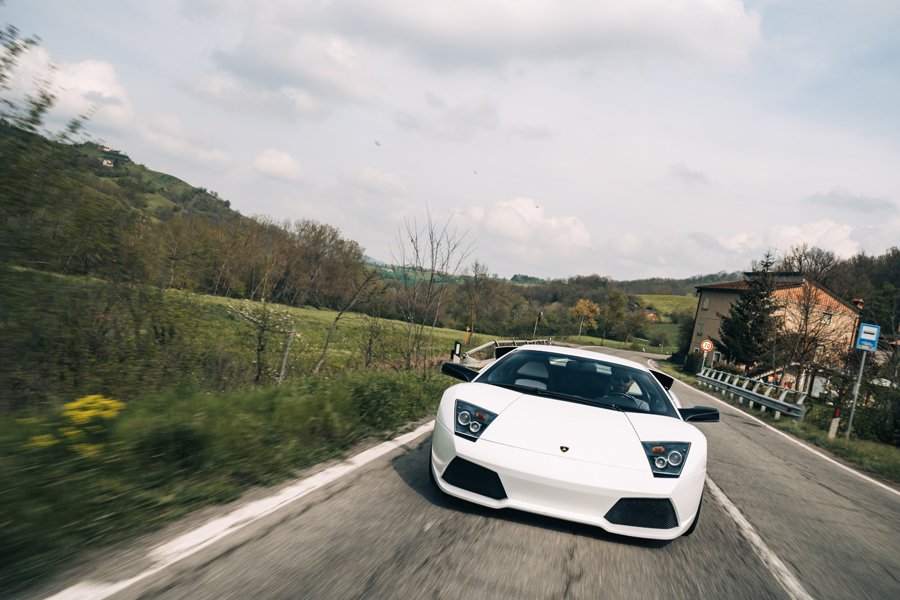


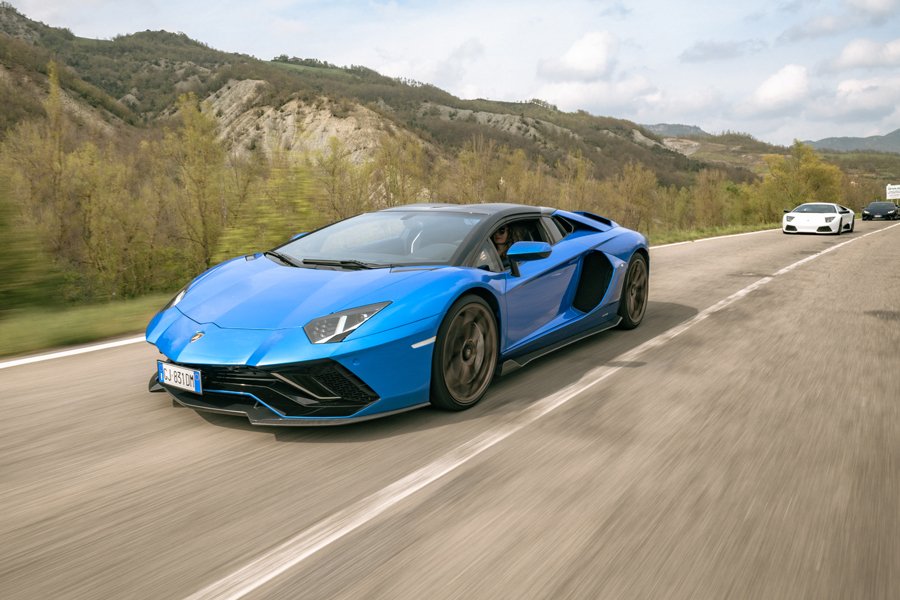

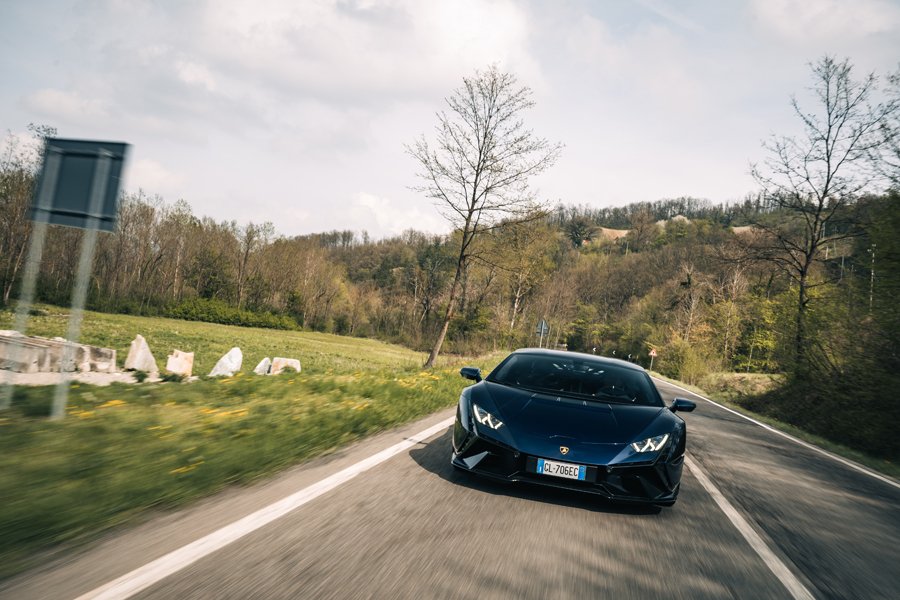

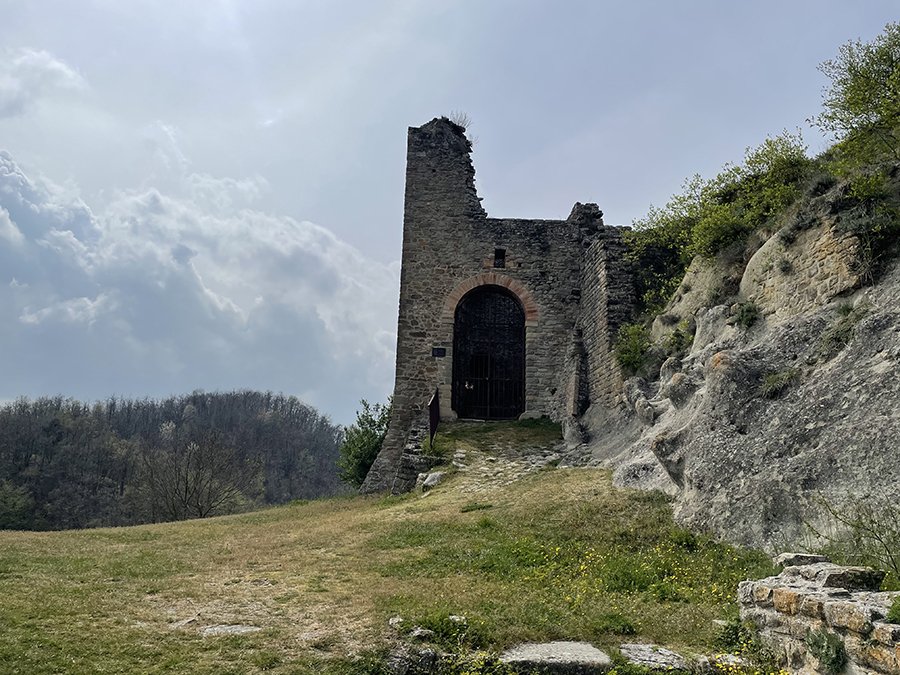

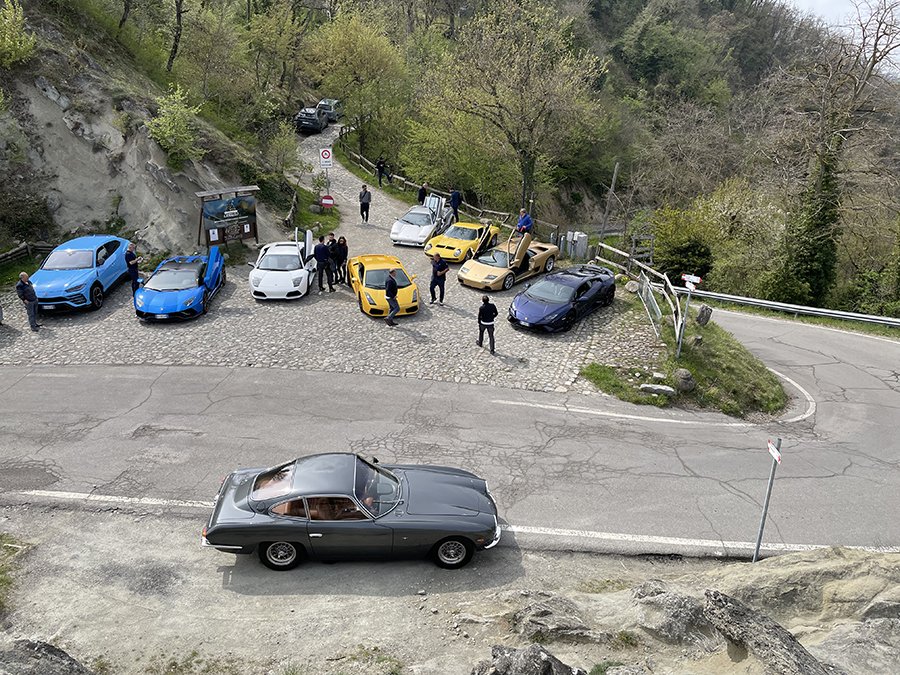


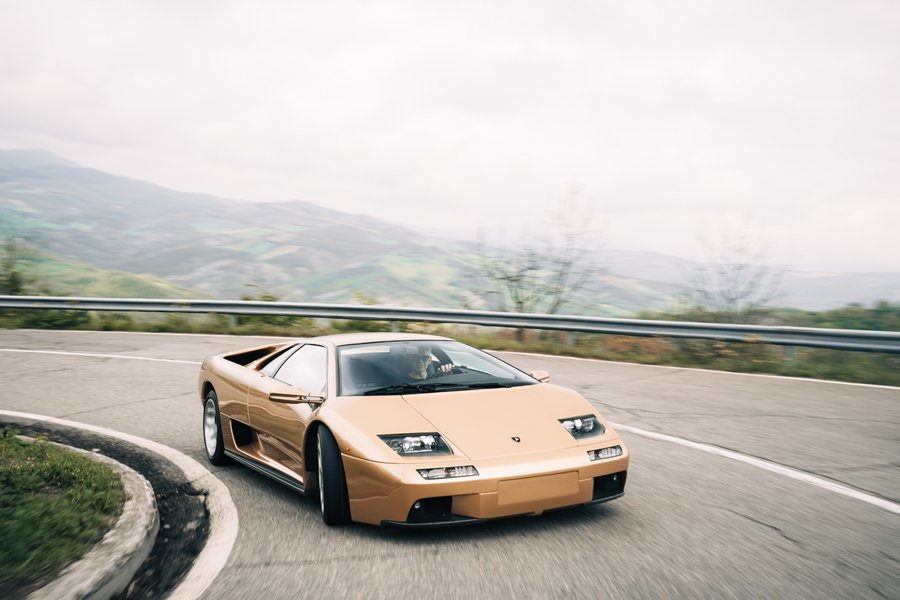



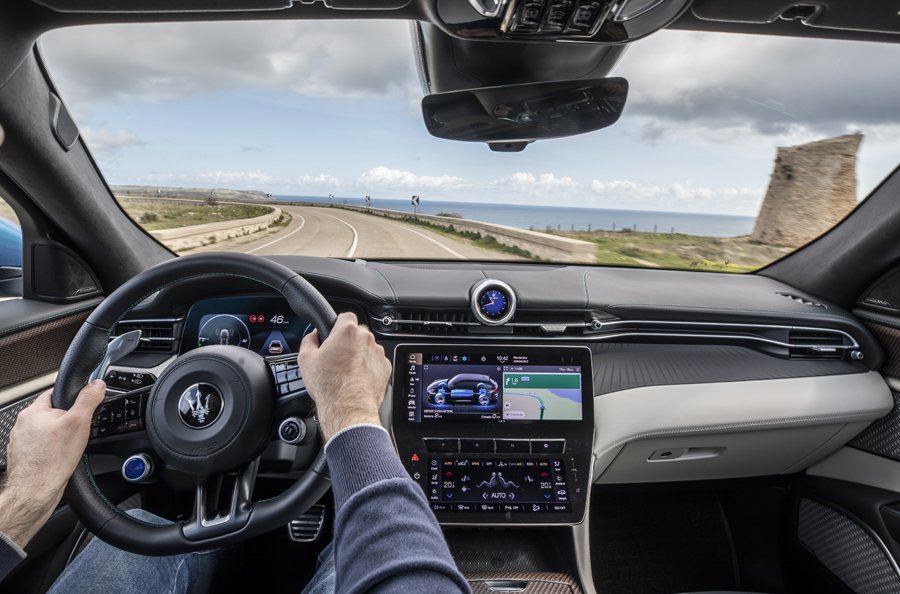

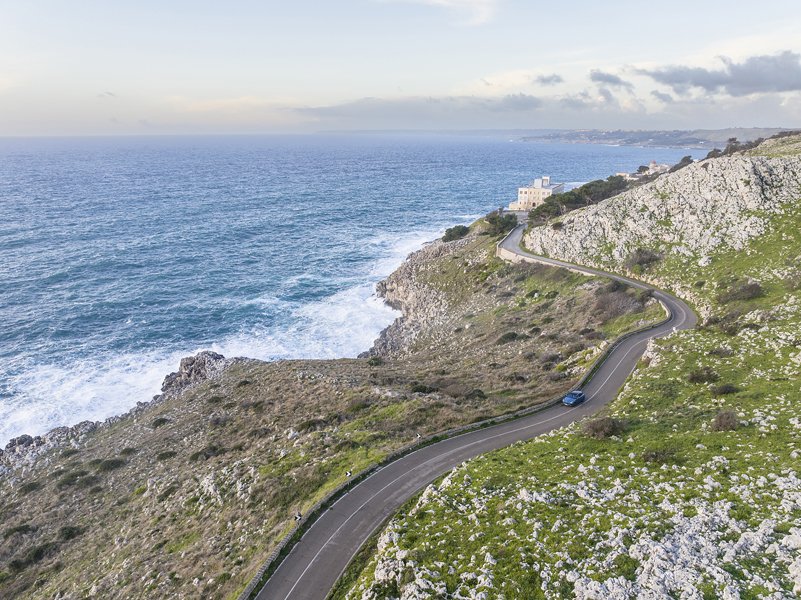




















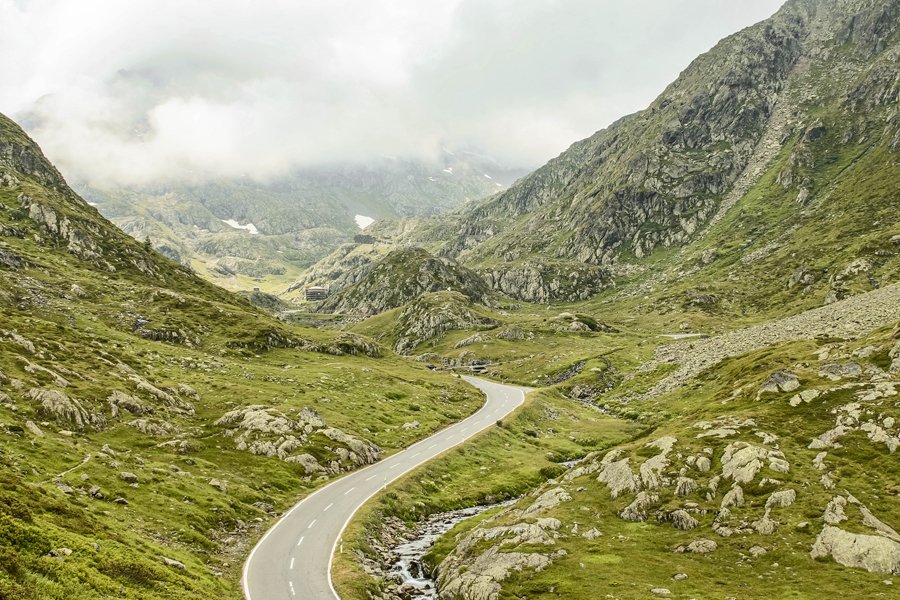



The climb to the ski resort at Breuil-Cervinia is just as exhilarating as the winter sports on offer.